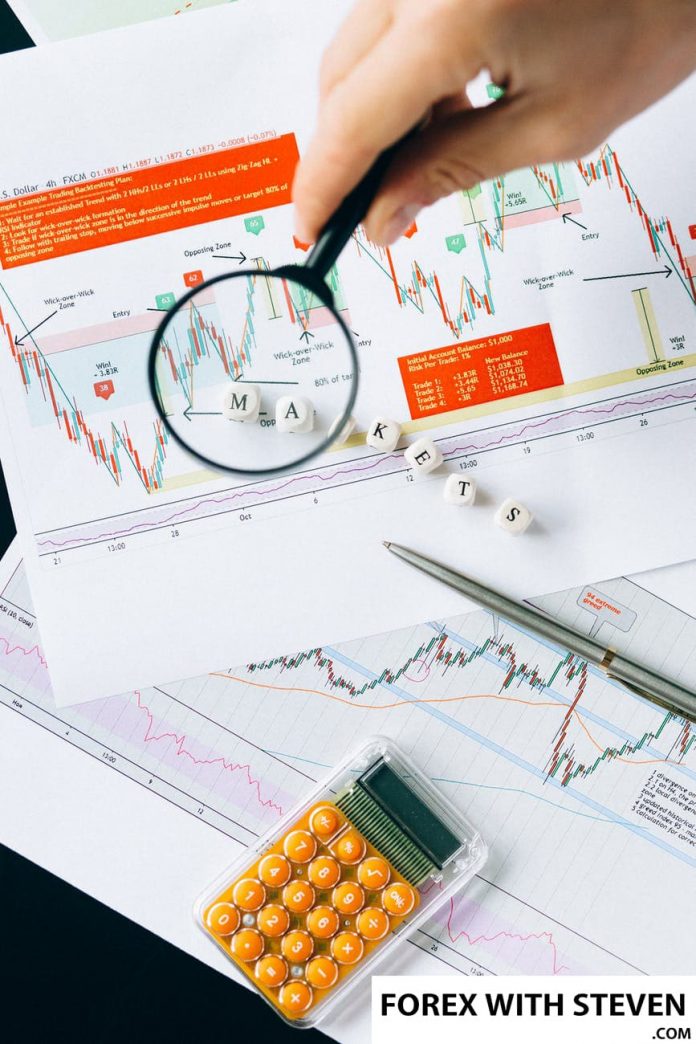Fibonacci forex trading has been in vogue for decades but it is only within the last few years that its usefulness as a major weapon in currency trading was recognized. It is a very useful tool and guide for traders in forex trading. However, most people do not understand how it works. Here is how it works and what it can help you achieve.
First of all, Fibonacci forex trading is an application of mathematical ratios and formulas used in astronomy and genetics. The Fibonacci values that form the basis of Fibonacci forex trading are based on natural cycles in the cycle of the moon, the sun and the earth. These cycles appear in the form of numbers which occur in the Fibonacci charts. As these numbers rise, they form a tail with the number of the peak representing the strength of the current trend.
When you look at a fibonacci spiral, you will see two different tails. One tail represents the beginning of a trend. The starting point along the tail represents the bottom of that trend. These two points along the tail form the starting point for the buyers and sellers in Forex trading. At this point, the trend is considered “broken” and the traders must start selling or buying the currencies opposite the current trend.
Traders use Fibonacci forex trading to determine the starting point of the current trend, along with the closing point. They use this information to determine where they should buy or sell their currencies. More importantly, they use this information to determine how strong that current trend is. A trader could determine whether the current trend is stronger or weaker than a historical average by observing the way the numbers on the spiral move.
Forex traders should not attempt to predict when the trend will next break out. Forex markets are so large that no single person, or even group of people, can accurately predict exactly when a trend will begin or end. A Fibonacci spiral can help you to understand why trends tend to repeat themselves within a market. This spiral can help you to find areas of the market which may be beginning to break out, but are not quite strong enough to encourage large purchases or sales. By monitoring these movements along the fibonacci spiral, a trader can find strong points of entry, and can start buying and selling as soon as possible.
Another important tool used by traders using the fibonacci spiral indicator is resistance. Resistance is the initial level where prices start to increase before they stop increasing. Many traders use resistance as an indicator for support, because the resistance level will usually reset lower than the starting point. If the resistance level is hit, sellers may begin to accumulate cash, pushing prices back down.
There are multiple indicators which traders can use to analyze market events within a particular timeframe. Most people prefer to plot their own charts, but if you are just starting out or do not have much experience in this area, you may find it helpful to use one of the many charting packages that are available. There is software available which can draw trend lines on any chart, and also has the ability to perform technical analysis on those points along the fibonacci spiral. Some packages have visualization tools which allow you to see the points along the spiral as different color bars. Using these tools, a trader can quickly determine if there is an indication of market movement in the area.
As a trader, one of the keys to profitability is being able to know when to enter and exit the market, and how to interpret the data. The fibonacci spiral indicator is a useful tool for analyzing trends which can help with this process. Many traders choose to plot their own charts, but there are also high-quality charting packages available which can provide insight into market activity. Regardless of which method you choose, by understanding trend analysis and plotting points along the fibonacci spiral, you will be on your way to maximizing profits and decreasing losses.











